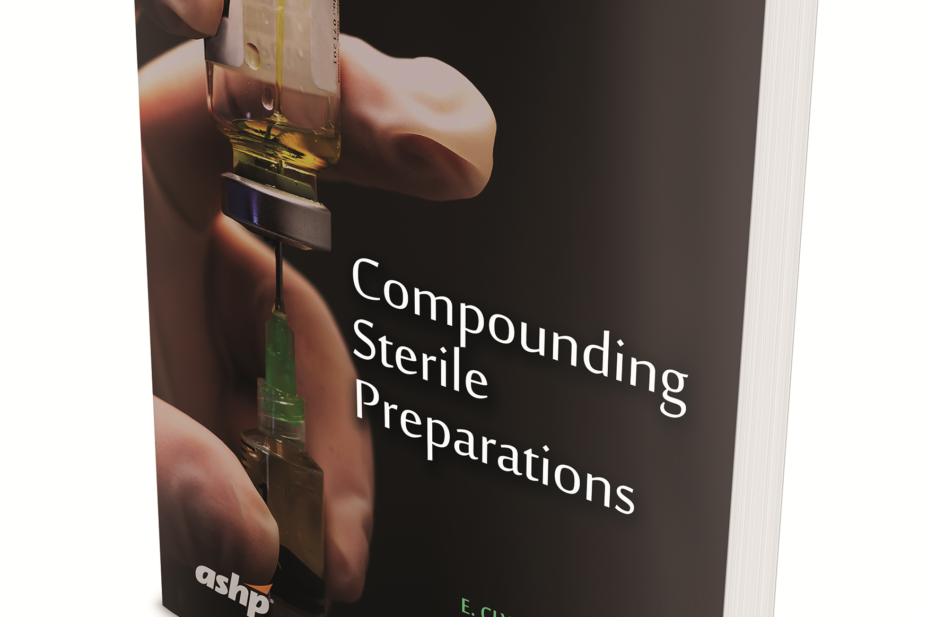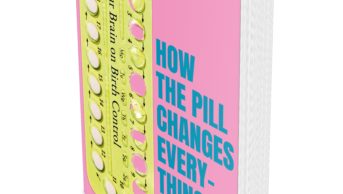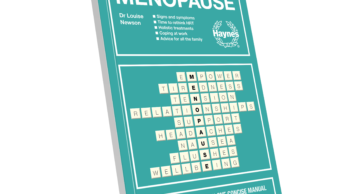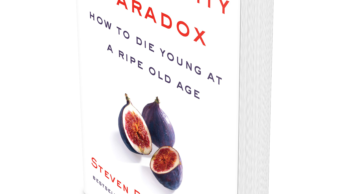
Since the last edition of Compounding sterile preparations was published almost 10 years ago, much has changed in the practice of compounding injectable drugs. A serious outbreak of fungal meningitis in 2012 — caused by contaminated steroid injections prepared in a compounding facility — resulted in the deaths of 64 patients. This event led to a tightening of the regulations and an improvement in the standards for compounding units.
A revised edition of this book is welcome. The opening chapter sets the scene by reminding readers that violations in standard of care can result in serious adverse patient outcomes, including death. It highlights examples where non-compliance with standard procedures resulted in harm to patients.
The book is divided into two parts — sterile preparation and quality management — although some of the chapters could easily fit into either part. Separate chapters describe the special requirements for compounding parenteral nutrition, paediatric injections, biological preparations, hazardous drugs and radiopharmaceuticals. Other chapters include primary and secondary engineering controls, personnel hygiene, clean room clothing, cleaning and disinfecting, formulation, documentation, labelling, storage and beyond-use dating.
One chapter new to this edition is sterile compounding technology. It describes the evolution of automation, the reasons to automate and building a business case for automated compounding. Each step in the process is described, along with helpful illustrations of two commercially available robots. The next edition of the book could include additional functions not found on the two robots featured.
Biologicals include vaccines, cytokines, monoclonal antibodies, gene therapy and immunomodulators. Safe handling of these products is of paramount importance. Reference is made to personal protective equipment, receiving and storage of products, cleaning and decontamination, preparation, disposal of waste, transportation and dealing with spillage.
Each chapter is well referenced so the book will be of use to pharmacists and pharmacy technicians who work in compounding units both in hospitals and in commercial settings, and will be of great help to students wanting to obtain an in-depth understanding of the subject. The American Society of Health-System Pharmacists plans to publish learning objectives, questions and answers for each chapter.
Laurence A Goldberg
References
Compounding sterile preparations: 4th edition, edited by E Clyde Buchanan, Philip J Schneider & Ryan A Forrey. Pp xvii+574. Price US$139. American Society of Health-System Pharmacists (Maryland), 2018. ISBN 978-1-58528-484-9


